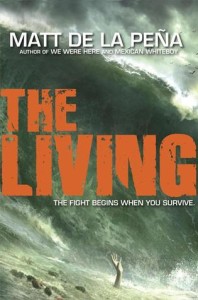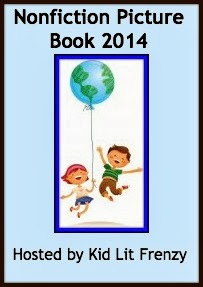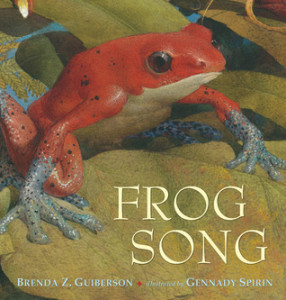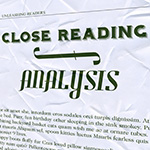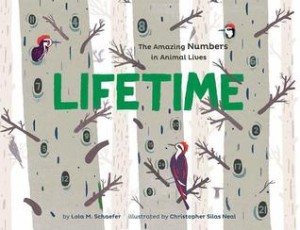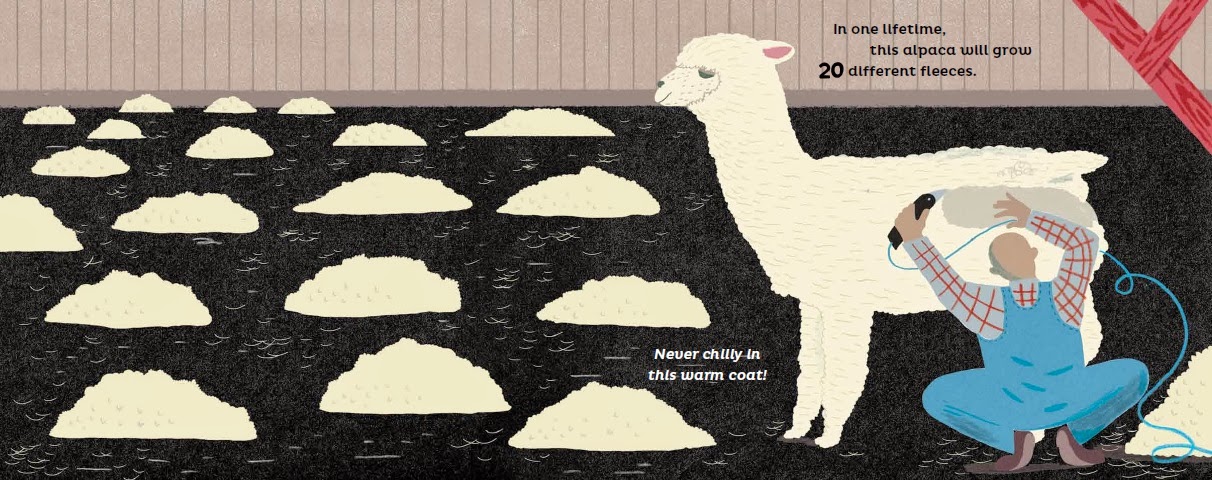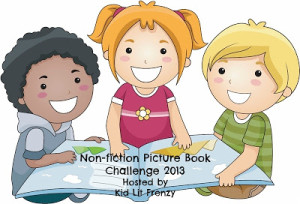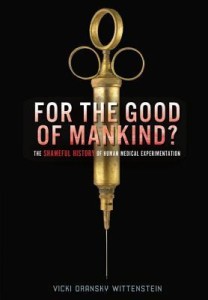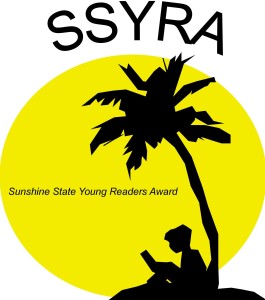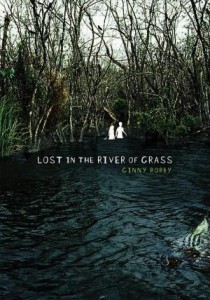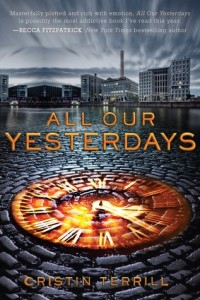
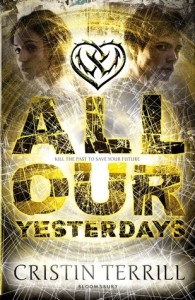
All Our Yesterdays
Author: Cristin Terrill
Published: September 3rd, 2013 by Disney Hyperion
GoodReads Summary: “You have to kill him.” Imprisoned in the heart of a secret military base, Em has nothing except the voice of the boy in the cell next door and the list of instructions she finds taped inside the drain.
Only Em can complete the final instruction. She’s tried everything to prevent the creation of a time machine that will tear the world apart. She holds the proof: a list she has never seen before, written in her own hand. Each failed attempt in the past has led her to the same terrible present—imprisoned and tortured by a sadistic man called the doctor while war rages outside.
Marina has loved her best friend James since the day he moved next door when they were children. A gorgeous, introverted science prodigy from one of America’s most famous families, James finally seems to be seeing Marina in a new way, too. But on one disastrous night, James’s life crumbles apart, and with it, Marina’s hopes for their future. Now someone is trying to kill him. Marina will protect James, no matter what. Even if it means opening her eyes to a truth so terrible that she may not survive it. At least not as the girl she once was.
All Our Yesterdays is a wrenching, brilliantly plotted story of fierce love, unthinkable sacrifice, and the infinite implications of our every choice.
Review: This is a great science fiction text that will please readers who enjoy reading about time travel and/or dystopian settings. I was immediately pulled into the prison cell with Marina. Terrill does an excellent job with imagery, and I enjoyed the way the plot unfolded. As with most books that discuss time travel, I found a few paradoxes that felt like plot holes, but most books with a time-traveling plot seem to raise this concern for me, as time traveling is sort of a paradox in itself. Overall, I think Terrill did an excellent job trying to alleviate any possible plot issues, and I was impressed with her ability to build such an, intricate, complex plot. While there was a love story, it doesn’t take front and center of this novel, which I appreciated. Often, love stories forced in science fiction books, and Terrill seems to achieve the perfect balance between plot, theme, and romance. The book contains wonderfully richly realized themes that I will discuss in the next section, and I think teachers would be wise to add this book to their classroom libraries. Teens will absolutely love this one.
You can also see Kellee’s point of view by viewing her review here.
Teacher’s Tools for Navigation: The themes of this novel truly make it shine. This book would provide for some fantastic classroom discussions. Teachers could have students examine power and how it influences people, or they could look at loyalty and whether there is a limit to our loyalty to our loved ones. Students would have a lot of fun imagining one thing they would change if they could use a time travel machine (either changing a worldly event or a personal life event). The journal opportunities are endless.
Discussion Questions: How does power influence an individual? Given extreme power, will all people be driven to selfishness?; Who are we most loyal to? Is there a limit to our loyalty?; What events would we change if we could travel back in time? How would our changes impact the world or our lives in a positive way? What are the negative outcomes?; What paradoxes come with time travel? Is there any way to alleviate these?; If we had the power to travel in time, should we? How might time travel be harmful?
We Flagged: “‘Was [the world] always this beautiful and we just never noticed?'” (Chapter 5).
“…But progress is always dangerous, isn’t it? Most of the time, walls don’t get dismantled brick by brick. Someone has to crash through them” (Chapter 19).
Please note: The above quotes are from the Advanced Reader Copy. The e-book (a galley) did not provide page numbers. The quotes may change when the book is published.
Read This If You Loved: When You Reach Me by Rebecca Stead, The Time Machine by H.G. Wells, The Giver by Lois Lowry, Legend by Marie Lu, Divergent by Veronica Roth
Recommended For:
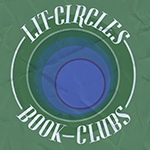


**Thank you to NetGalley and Disney Hyperion for providing the Advanced Reader Copy for review!**
